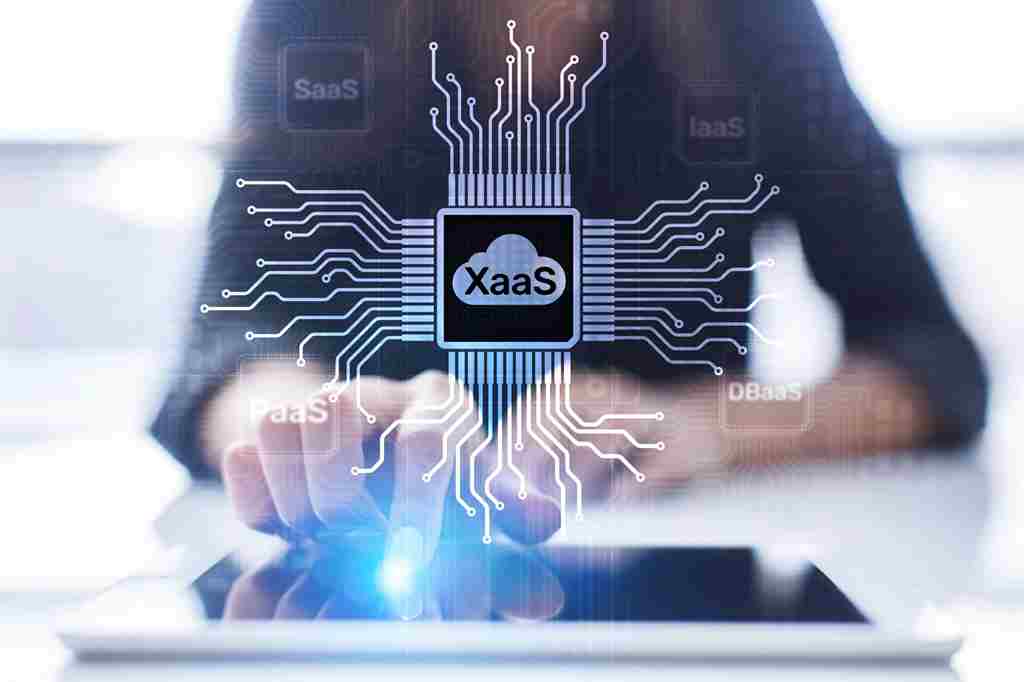The demand for information is growing the overall networking channels. And to take care of this, services like fog computing and cloud computing are used to rapidly handle and disseminate data to the end of the users. Cloud computing architecture has completely different parts such as storage, databases, servers, networks, and so on. In distinction, Fog computing has all the features much like that cloud computing, including some extra options of efficient and highly effective storage and performance between systems and cloud networks.
- There are a number of types of fog computing, together with client-based, server-based, and hybrid fog computing.
- In this model, software and information are not saved on a neighborhood hard drive.
- Cloud computing contains the delivery of computing providers, together with knowledge storage, servers, networking, analytics, and intelligence over the Internet.
- Cloud computing service suppliers can profit from significant economies of scale by providing related companies to prospects.
- This permits units to speak extra simply and quickly with one another, giving them higher agility in responding to altering circumstances.
- When we speak about fog computing vs cloud computing, there are numerous critical components to contemplate.
It additionally functions as a mediator that decides which info to course of locally and which must be sent to the cloud. According to Statista, by 2020, there might be 30 billion IoT gadgets worldwide, and by 2025 this number will exceed 75 billion connected issues. The cloud targets a deep, long-term evaluation due to a sluggish response.
The healthcare industry is all the time in want of technologies to detect and address emergencies in real-time. Fog computing allows wearables, blood glucose monitors, and different well being devices to find out about crucial situations, like a stroke, prematurely. Now, all of the prominent cloud service providers give you a excessive level of safety.
Can Fog And Cloud Computing Complement Each Other? 🤝
In wrapping up our exploration of the variations between Edge Computing and Fog Computing, it’s evident that each ideas are revolutionizing how we process and make the most of information. Edge computing is transferring some computing duties to the edge of a community near where the data originates. Cloud computing needs 24/7 internet access for its operations, while the rest of the 2 can function with out web entry. This blog covers numerous subjects on industrial automation corresponding to operations & management, continuous & batch processing, connectivity, manufacturing & machine management, and Industry 4.0.
Fog computing, also called fog networking, is a dispersed computing system where knowledge is conceptually stored in a location between the data supply and the cloud. As compared to cloud computing, fog computing has many advantages. The present trends have altered, and all businesses are demonstrating an interest in know-how innovation. Remote knowledge centers are the hubs of data processing in cloud computing. For fog, processing and storage occur on the network’s edge, nearer to the information supply, enhancing real-time management.
The primary distinction between these two approaches lies in their respective locational awareness. Cloud computing is geo-distributed, that means that it depends on a community of cloud servers that are typically spread out across a number of geographical areas. Conversely, fog computing depends more on localized, distributed networks that is in all probability not as safe.

The distinction lies in how and where knowledge is gathered and processed quite than the hardware’s features. The main core element of cloud computing is the Internet / Network, with out which the whole network collapses, and there’s fog vs cloud computing no way of connecting to the cloud servers. Fog Computing has totally different functions starting from the Internet of Things to Human-Machine Interactions ranging wide applications.
Crop Yield Prediction With Generative Ai On Databricks
Fog computing is a decentralized computing infrastructure or course of during which computing sources are positioned between an information source and a cloud or another knowledge middle. Fog computing is a paradigm that provides providers to consumer requests on edge networks. Cloud computing offers internet-hosted companies to users https://www.globalcloudteam.com/ according to their demands. Using it, one can entry data no matter geographic location. The integration of information is a key issue that differentiates cloud computing from fog computing. Cloud computing depends on centralized data storage, with all processing and evaluation taking place at a central location.
The client can entry the several types of providers through the front-end section of cloud computing. The user can normally entry providers like a neighborhood pc however shall be accessed by connecting to a community. Overall, fog and edge computing are highly secure in comparison with the cloud. The processing energy and storage capability of edge computing is the least among the many three. In quick, the process may be sophisticated to scale, specifically during the enterprise enlargement section. Cloud computing addresses these challenges by offering computing sources as scalable, on-demand companies.
It’s related to operating functions as actually shut as possible to the site where the data is being made instead of bringing together cloud or data accumulating zone. Magazine’s 5000 quickest rising companies, designs and constructs information centers for a few of the world’s largest hyperscalers and cloud suppliers on campuses across the globe. Compass embraces a long-term perspective with the monetary energy of traders Ontario Teachers’ Pension Plan and Brookfield Infrastructure. However, fog computing requires more infrastructure, which may be expensive to set up and preserve. Additionally, cloud computing is more versatile because it can be used at the aspect of other types of networks.
Types Of Cloud
We offer a broad range of companies at unbeatable prices that might be custom-made in each means to suit your wants. As a outcome, the demand for quick and sustainable ways to course of vast quantities of knowledge has risen. Elevate your productivity, consumer experiences, safety, and information safety.

The main distinction – no much less than as it’s being outlined nowadays – comes from the fact that the cloud exists via a centralized system. Whereas in a fog computing environment, every thing is decentralized, and every thing connects and reviews by way of a distributed infrastructure model. Additionally, fog computing may help to reduce bandwidth necessities and costs by reducing the amount of data that must be despatched to the cloud for processing. As a outcome, fog computing is a crucial part of many IoT functions.
By processing information nearer to the source, fog computing can reduce latency and enhance system efficiency. This is particularly essential for functions that require real-time knowledge processing, similar to industrial IoT and autonomous autos. Edge computing is a computing structure that aims to convey computing closer to the source of data. It relies on the thought of processing knowledge at the fringe of the community, versus within the cloud or in a centralized information heart. In many respects, fog and edge computing are, in fact, complimentary. In these instances, fog constructions will merely act as extensions of strategically situated edge knowledge centers.
Advantages Of Fog Computing In Iot
Cloud computing has superior security measures in place to safe knowledge within the cloud, whereas fog computing focuses on providing security measures to edge units. Edge computing is being adopted to support the proliferation of IoT devices and applications – particularly those requiring real-time processing capabilities. The growth in IoT connectivity has been enabled by 5G cellular networks, low-cost sensors, and related devices.

Fog can even embrace cloudlets – small-scale and quite powerful information facilities located at the network’s edge. They are supposed to support resource-intensive IoT apps that require low latency. Such nodes are typically a lot nearer to devices than centralized information facilities in order that they’ll present immediate connections.
Cloud Computing
Server-based fog computing is good for applications that require extra computing energy than edge devices can provide. Fog computing is a distributed computing mannequin that is designed to complement edge computing. It extends the capabilities of edge computing by providing a layer of computing infrastructure between the sting devices and the cloud. This infrastructure known as the fog layer, and it offers further computing assets and services to edge gadgets. When it involves fog computing vs cloud computing, there are a number of key variations that set these two technologies aside.